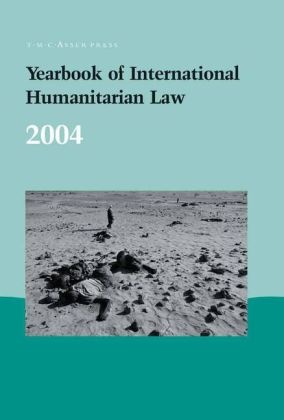Read more
After a wave of Palestinian terror attacks directed against Israeli civilians, in which 4 hundreds of them were murdered, Israel launched Operation 'Defensive Shield'. The operation was launched on 29 March 2002 in order to eradicate the Palestinian 5 terrorist infrastructure and prevent further terrorist attacks. In the context of this operation, on 3 April 2002 the Israel Defence Forces (IDF) entered the refugee 6 camp of Jenin, 'the capital of the suicide bombers', from which a terror infrastruc- 7 ture - unprecedented in scope - had perpetrated a large number of terror attacks. It soon became obvious that the Palestinian militants intended to defend the refugee 8 camp using every means they had. These conditions created a real dilemma for the IDF - which approach should be selected to fight the enemy, considering the - quired mission, the safety of the soldiers and the need to minimise injury to inno- 9 cent civilians? The planners of 'Defensive Shield' decided to use infantry forces that would progress through the camp in a gradual and cautious manner on a house-to-house 10 basis. The planners knew that there were other modes of military action that could have accomplished the mission more expediently and with minimal risk for 11 the soldiers' lives - such as the use of aircraft or artillery. However, these alt- natives were rejected because of the desire to minimise collateral damage among 12 the civilian population.
List of contents
Articles.- Unequal Combat and the Law of War.- Military Objective and Collateral Damage: Their Relationshipand Dynamics.- Applying the Rule of Proportionality: Force Protection and Cumulative Assessment in International Law and Morality.- Jus in Bello in the Twenty First Century: Reaping the Benefits and Facing the Challenges of Modern Weaponry and Military Strategy.- The Prosecution of Unlawful Attack Cases Before the ICTY.- Uses and Effects of Depleted Uranium Munitions: Towards a Moratorium on Use.- The Right to Education in Occupied Territories: Making More Room for Human Rights in Occupation Law.- Current Developments.- The Year in Review.- International Criminal Courts Round-Up.- Head Against the Wall? Israel's Rejection of the Advisory Opinion on the Legal Consequence of the Construction of a Wall in the Occupied Palestinian Territories.- The ICJ's Advisory Opinion on the Consequences of Israel'S Construction of a Separation Barrier in the Occupied Palestinian Territories: A Move in the Right Direction or an Impediment to Peace?.- Soviet Genocide Trials in the Baltic States: The Relevance of International Law.- Enforcing International Humanitarian Law at the National Level: The Gacaca Jurisdictions of Rwanda.- The Use and Abuse of Military Manuals.- Correspondents' Reports.- A guide to state practice in the field of international humanitarian law.
Summary
The world's only annual publication devoted to the study of the laws of armed conflict, the Yearbook of International Humanitarian Law provides a truly international forum for high-quality, peer-reviewed academic articles focusing on this highly topical branch of international law. The Yearbook also includes a selection of documents from the reporting period, many of which are not accessible elsewhere, and a comprehensive bibliography of all recent publications in humanitarian law and other relevant fields. Ease of use of the Yearbook is guaranteed by the inclusion of a detailed index.
Distinguished by its topicality and contemporary relevance, the Yearbook of International Humanitarian Law bridges the gap between theory and practice and serves as a useful reference tool for scholars, practitioners, military personnel, civil servants, diplomats, human rights workers and students.

